What to Take on a Bike Ride: A Simple Guide for Beginners
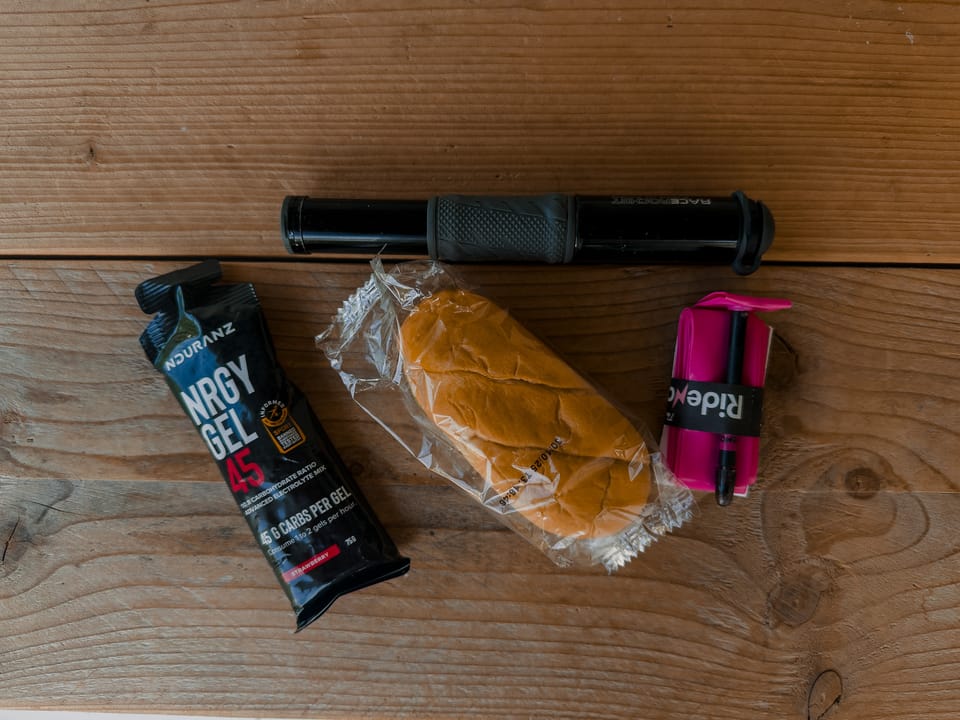
When you start cycling, one of the first questions you face is simple but surprisingly confusing: what should you actually take with you on a ride?
Too little, and you risk getting stranded with a flat tyre or no food. Too much, and your pockets feel like you’re hauling a small toolkit. The key is balance—taking what you need, leaving what you don’t, and packing in a way that makes riding smooth and stress-free.
The Basics That Never Leave Your Bike
There are a few things every rider should carry, no matter the distance. Think of them as your survival kit on two wheels.
1. Spare tube and tyre levers
Even the best tyres puncture sometimes. A spare inner tube and a small set of tyre levers are your first line of defence. Make sure the tube matches your wheel size and valve type.
2. Mini pump or CO₂ inflator
Once you’ve changed a tube, you’ll need to inflate it. A mini pump fits easily on your frame or in a jersey pocket. CO₂ cartridges are faster but single-use, so bring a couple if you prefer them.
3. Multi-tool
A small bike multi-tool can save your ride if something loosens or slips. Look for one with hex keys, a chain breaker, and a screwdriver.
4. Chain link
A quick link weighs next to nothing but can get you home if your chain snaps. Clip it onto your saddle bag or tape it under your seatpost.
These are the essentials. Forgetting them once usually guarantees you’ll never forget again.
Fuel for the Ride
You don’t need fancy gels or bars when you’re starting out. The goal is to keep your energy steady, not to overcomplicate things.
For rides under an hour, water is usually enough. Once you go longer, think about adding:
- Along side gels and bars, a banana, oat bar, or small sandwich for real food energy. Eating on the bike is really important and not to be taken for granted.
- An electrolyte tab or carb drink mix if it’s hot or you’re sweating a lot.
The rule of thumb: start eating before you feel hungry and drink regularly (in winter I set a 20 minute reminder on my GPS to say "DRINK", especially in summer. Running out of energy mid-ride—the “bonk”—is something every cyclist experiences once. Once is enough.
Clothing and Weather Protection
Dress for the conditions, not just for how it feels when you leave the house. You’ll warm up fast once you start pedalling.
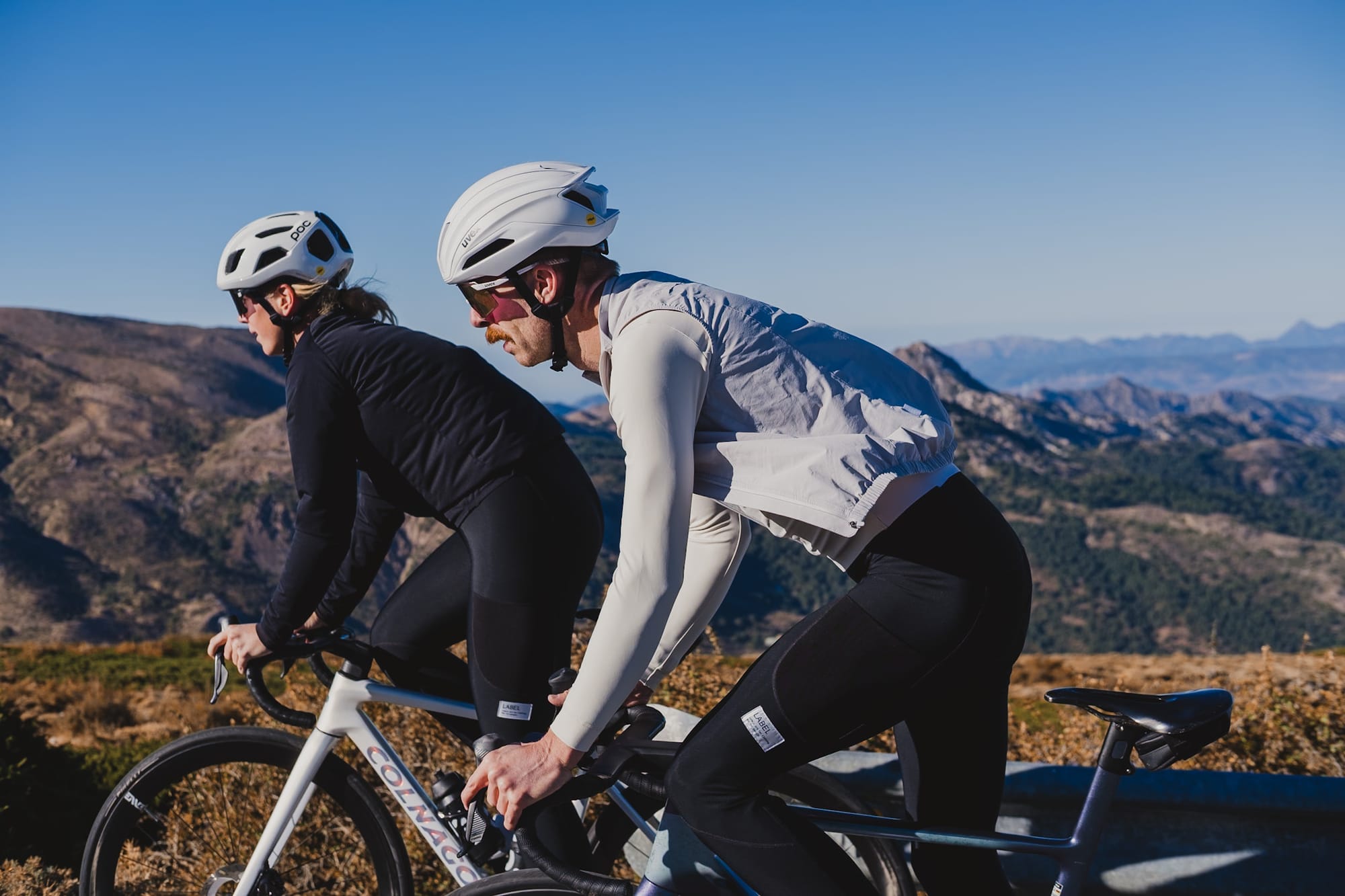
- Helmet: non-negotiable. You put your seatbelt on in a car, the same principle applies here.
- Gloves: protect your hands from vibration and crashes.
- Gilet or lightweight jacket: perfect for early mornings or changeable weather.
- Arm warmers or a base layer: easy to remove mid-ride if you get too warm.
- Sunglasses: keep out wind, dust, and bugs—not just sun.
Want 20% off sustainable cycling apparel with Label Collective?
If you’re unsure, layer up. You can always take something off.
Tools and Spares: What Goes Where
Most riders use a small saddle bag for their repair kit. Keep your:
- Spare tube
- Tyre levers
- Multi-tool
- CO₂ or mini pump
inside it.
Your pockets can hold food, your phone, and a small bit of cash. Keep your phone in a waterproof pouch or zip bag in case it rains.
If you ride often, think about upgrading to a top-tube bag or frame bag for longer routes.
Hydration
Two bottles for longer rides, one for shorter.
Water in one, mix in the other if you’re training hard or it’s hot.
It’s easy to underestimate how much you need to drink, especially when the temperature drops. Sip regularly rather than waiting until you’re thirsty.
Navigation and Safety
If you’re exploring new routes, a GPS head unit or phone mount makes a big difference. Apps like Komoot or Ride with GPS can guide you without constant stops to check your map.
Always tell someone where you’re going and roughly when you’ll be back. Carry ID or a contact card just in case.
If you ride early or late, lights are essential. Small rechargeable front and rear lights fit easily and can save your life in low light.
Comfort and Extras
A few small items can make long rides far more enjoyable:
- Lip balm and sunscreen, even on cloudy days.
- A small bit of chamois cream if you’re riding more than 90 minutes.
- Tissues or a small pack of wipes.
- Some cash or a card for café stops.
You’ll fine-tune this over time. The more you ride, the better you’ll know what works for you.
How to Pack It All
The goal is to keep it simple. Here’s a quick setup most beginners find comfortable:
- Saddle bag: tube, levers, multi-tool, CO₂ or pump, chain link.
- Jersey pockets:
- Left: snacks or bars.
- Middle: phone and cash.
- Right: spare gel, gilet, or arm warmers.
Once you’ve done it a few times, it becomes second nature.
What Not to Take
You don’t need a full tool kit, heavy locks, or spare tyres on training rides. Keep your setup light.
If you’re heading into remote areas, add what makes sense—but always aim for what’s necessary, not everything you might need.
Extra Cash
One thing to do is still a €10 note inside your saddle bag or in your bar end of your handle bars behind the cap. You never know when you'll need it, but you will at some point.
Build Your Own Routine
Packing for a ride becomes instinctive with time. You’ll create your own rhythm: refill bottles, check tyres, grab your kit, and roll out.
Every rider finds their version of “just enough.” It depends on your routes, terrain, and confidence in fixing small issues. What matters most is being prepared enough to keep riding, not worrying about what you forgot.
Why It Matters
Being self-sufficient on the bike builds confidence. You stop fearing mechanicals or changes in weather. You start trusting yourself—and your setup.
You learn to plan ahead, take care of your gear, and ride with more freedom. Because when you know you can handle whatever happens out there, every ride feels lighter.
So before your next spin, take five minutes to pack smart. The right tools, a bit of food, and a full bottle can turn a potential disaster into just another good story for the café stop.
FAQ: Packing for Your First Ride
1. What should I always carry, no matter how short the ride?
A spare tube, levers, mini pump, phone, and a bit of cash.
2. Do I need a saddle bag?
It’s the easiest way to store your repair kit. Keeps your pockets clear for snacks and layers.
3. How much food do I need?
For rides over an hour, aim for 30–60 grams of carbs per hour. That’s one bar or banana every 40 minutes.
4. What if I get a puncture and don’t know how to fix it?
Look up a short tutorial or ask to join a local club ride. Someone will always help you the first few times.
5. Should I bring tools on short rides too?
Yes. Punctures and mechanicals don’t care how far you plan to go.
6. How do I keep things organised?
Create a small ride checklist you tick off before every outing. It saves stress and time.


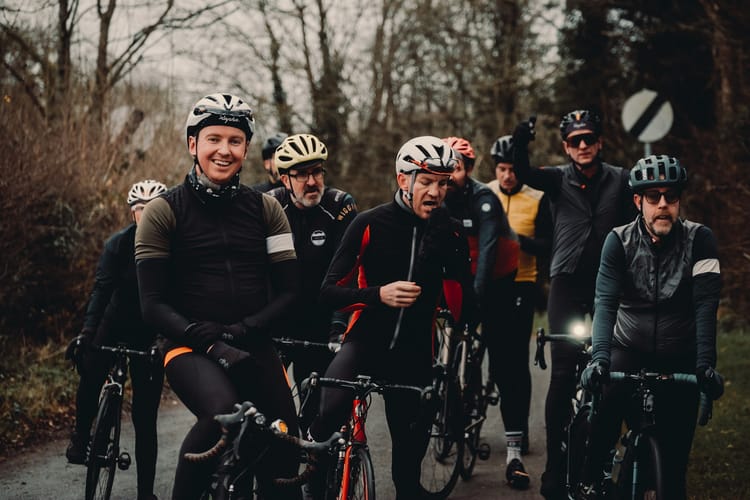
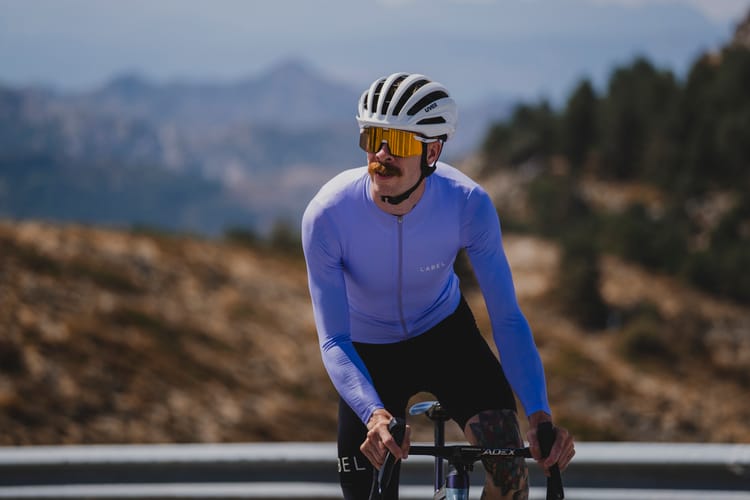
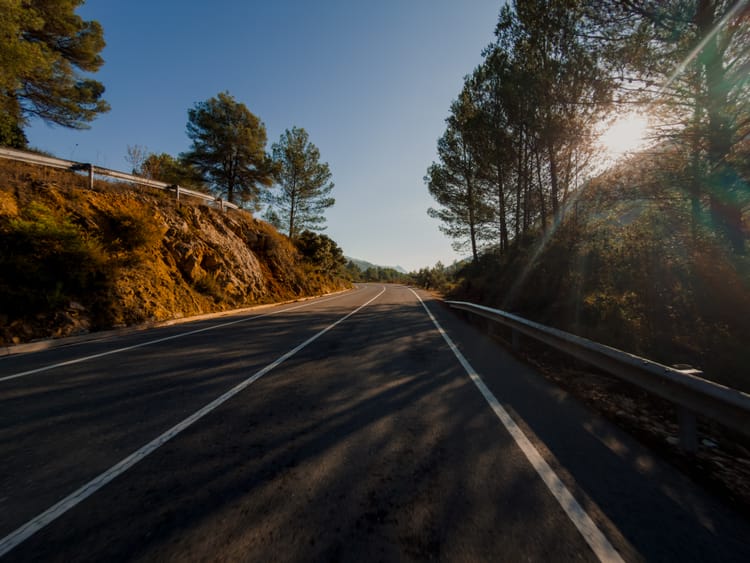
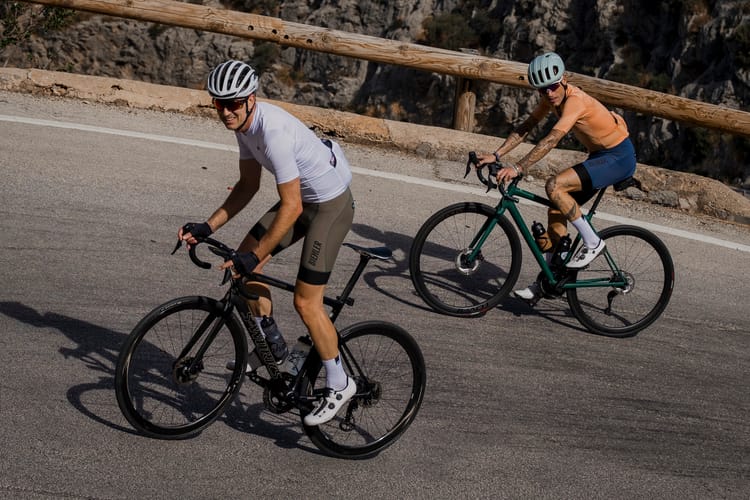
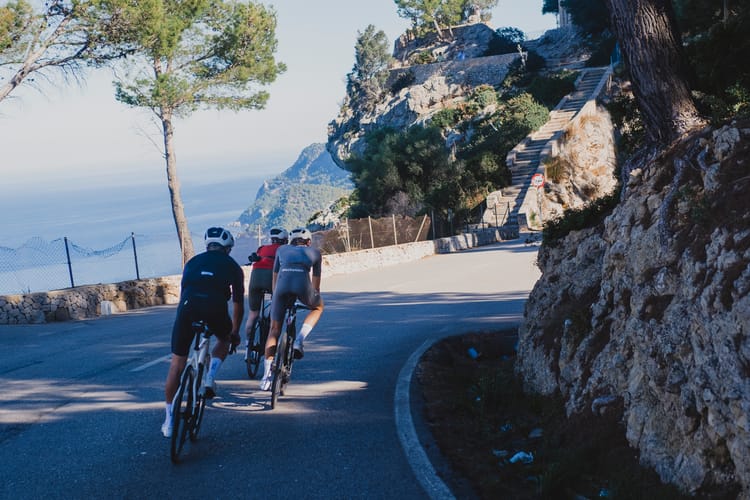
Member discussion